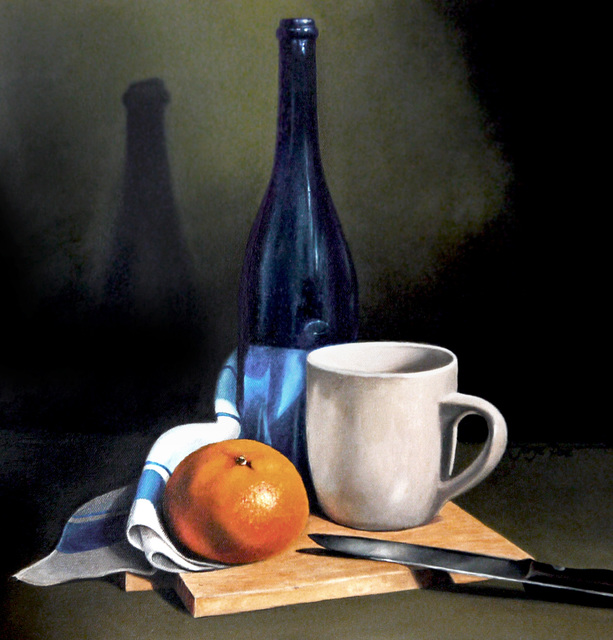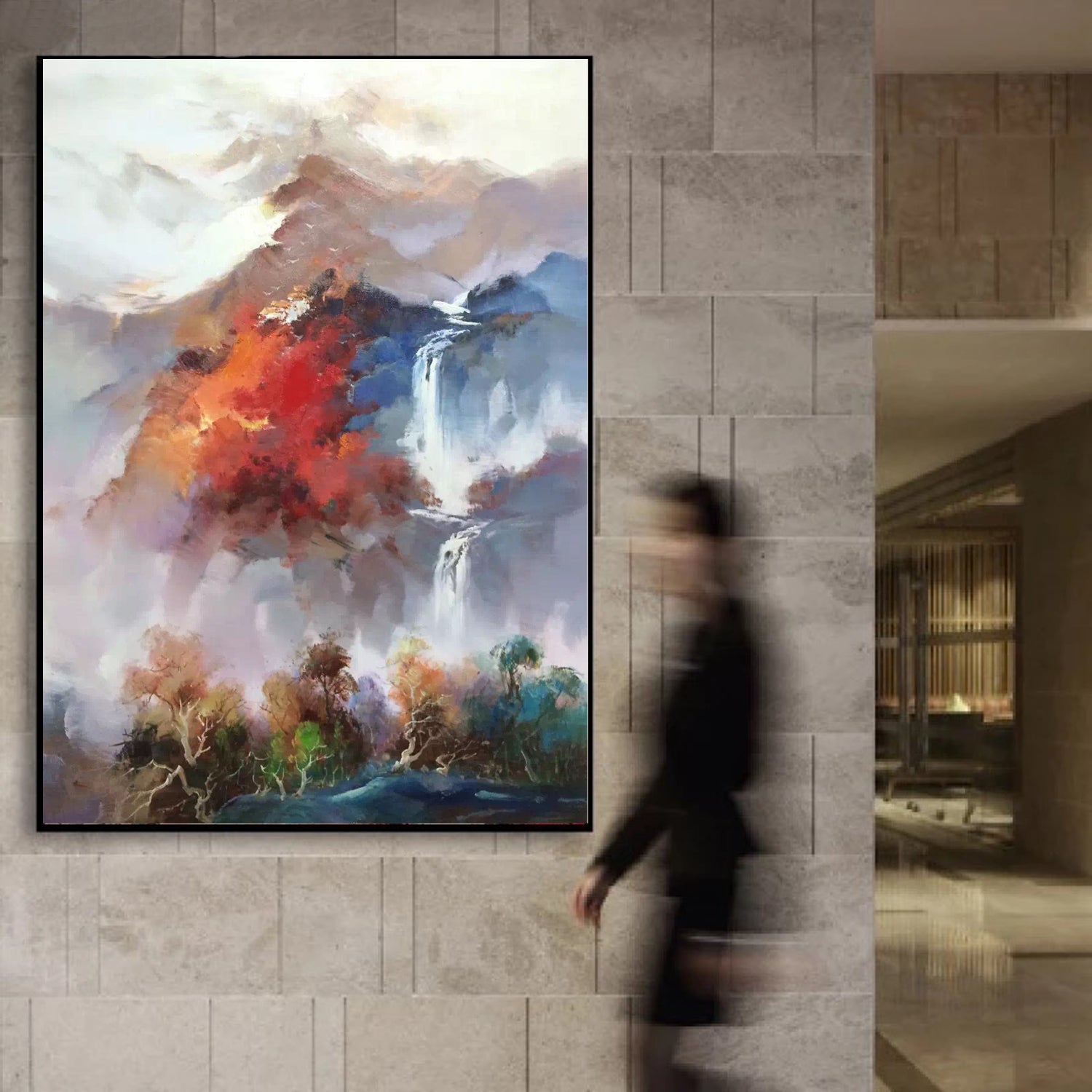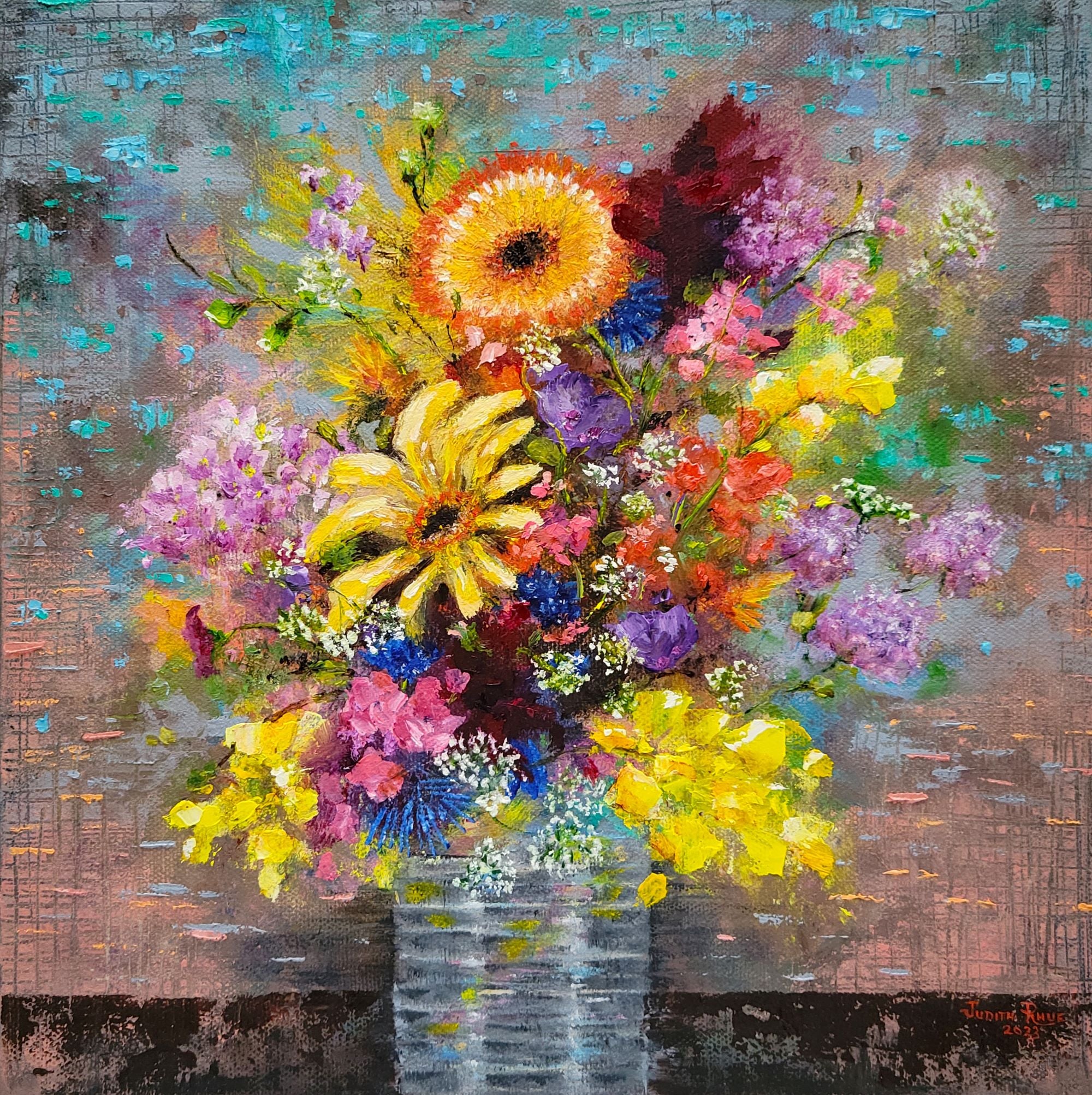The Benefits of Purchasing Oil Paintings: Why They Are a Timeless Investment
The benefits of acquiring oil paintings extend past plain looks. These artworks bring historic importance and social value, making them worthwhile additions to any collection. Their distinct structures and methods add to an interesting aesthetic experience. Additionally, established artists commonly see their job value over time, presenting a potential economic advantage - oil paintings for sale. As one discovers the complex reasons for investing in oil paintings, the much deeper ramifications of such a selection come to be progressively obvious
The Aesthetic Allure of Oil Paints
The appeal of oil paints hinges on their abundant appearances and lively shades, which can transform any room into a fascinating environment. These art work have a depth that astounds audiences, attracting them right into the complexities of the brushstrokes and the interaction of light and shadow. The shiny surface of oil paint improves the aesthetic experience, enlivening scenes and topics in such a way that other mediums usually can not attain. Furthermore, the selection of designs-- from classical to contemporary-- permits for a diverse selection that can match any type of style. The emotional vibration communicated via shade choices and techniques adds a layer of connection between the observer and the artwork, making oil paintings not just ornamental products, however effective expressions of imaginative vision.
Historic Value and Cultural Worth
Oil paints work as important links to an imaginative heritage, showcasing strategies and styles that have evolved over centuries. They envelop cultural expressions and identities, reflecting the worths and narratives of their time. By obtaining these jobs, people add to the conservation of background and the gratitude of varied cultural heritages.
Creative Heritage Preservation
While several may forget the importance of imaginative heritage, purchasing oil paints plays an important role in protecting historical and social stories. These artworks act as visual paperwork of their time, capturing the significance of social values, practices, and historic events. By acquiring oil paints, enthusiasts add to the guarding of social traditions, guaranteeing that future generations can learn and appreciate from these creative expressions. Each piece reflects the one-of-a-kind story of its designer and the context in which it was made. Furthermore, the continued appreciation and display screen of oil paintings in various setups help to promote an understanding of diverse artistic movements, enriching the cultural landscape. Therefore, buying oil paints is not simply an economic choice yet an act of social stewardship.
Social Expression and Identification
Art functions as a powerful tool for cultural expression and identity, showing the varied narratives that shape societies. Oil paintings, specifically, record the essence of cultural heritage, highlighting sociopolitical climates and historical contexts. Each brushstroke conveys stories and emotions distinct to specific customs, permitting audiences to involve with the artist's cultural background. This connection fosters a sense of understanding and belonging amongst various areas. Furthermore, oil paints frequently offer as aesthetic documentation of cultural evolution, showcasing shifts in identification over time. The investment in these art work not just supports musicians but additionally protects social heritages, making them significant assets for collectors. Inevitably, oil paints improve one's recognition for the details of human experience and the abundant tapestry of cultural identification.
Gratitude in Value Gradually

The recognition of oil paintings gradually is affected by different variables, consisting of historical value fads that reflect altering preferences and social importance. In addition, the credibility of the musician plays an important duty in figuring out the artwork's market price, often boosting as the artist gains recognition. Market need variations can even more influence prices, making oil paintings a possibly rewarding investment for enthusiasts.
Historical Worth Fads
As collectors seek to buy substantial possessions, the historic worth patterns of oil paintings disclose a compelling narrative of recognition with time. Historically, oil paints have actually shown a regular higher trajectory in worth, especially for works by well-known musicians. Economic cycles and market need have actually affected these trends, with periods of enhanced rate of interest commonly resulting in considerable cost surges. Public auction records frequently highlight the amazing returns achieved by iconic pieces, further enhancing the idea of oil paints as sensible long-lasting investments. Additionally, cultural activities and shifts in enthusiast choices have actually sometimes stimulated unexpected recognition, exposing that the art market, while somewhat unforeseeable, typically favors high quality oil paintings. Comprehending these historic trends can assist investors in making notified decisions.
Musician Credibility Impact
While the track record of a musician plays an essential duty in the gratitude of oil paintings, it is necessary to recognize that this influence can differ considerably based upon several variables. Established musicians, specifically those with a considerable historic or cultural impact, often tend to see their works appreciate a lot more rapidly. On the other hand, lesser-known or emerging musicians might not experience the same level of need, influencing their artwork's worth. Additionally, the musician's ability to develop a regular body of work and preserve significance in the art globe can affect long-lasting recognition. Collectors often look for works from musicians who are recognized by credible galleries and institutions, which can even more boost the worth of an oil painting with time, making artist credibility a critical consideration in financial investment decisions.

Market Demand Variations
Just how do market demand fluctuations influence the admiration of oil paintings get more info in time? The worth of oil paintings is inherently connected to market demand, which can vary based upon economic problems, patterns, and enthusiasts' preferences. In times of financial success, need usually increases, leading to enhanced costs as even more buyers get in the market. Alternatively, during economic declines, demand might diminish, triggering worths to go stale or also decline. In addition, the appeal of particular artists can move, affecting their job's worth. Ultimately, comprehending market demand is vital for investors, as well-managed collections can appreciate substantially over time, reflecting both the skill of the artist and the broader market dynamics. This interplay underscores the significance of strategic acquiring in oil painting investments.
Special Appearances and Strategies
Oil paints captivate visitors with their distinctive textures and techniques, showcasing the musician's mastery over the tool. The thick application of paint, referred to as impasto, develops a three-dimensional effect, welcoming touch and boosting aesthetic deepness. Artists frequently use various brush strokes, layering, and polishing methods to achieve luminous colors and intricate information. This versatility permits abundant contrasts and refined changes, making each art work uniquely expressive. The slow drying out time of oil paint makes it possible for musicians to blend shades perfectly, resulting in smooth slopes and vibrant hues. These strategies add to the painting's general character, making it an engaging centerpiece. Each oil painting serves as an indicator of the imagination and skill intrinsic in typical creative practices.
Versatility in Home Style
The distinct appearances and techniques of oil paintings not just showcase imaginative skill yet also enhance their adaptability in home decoration. These artworks can effortlessly match numerous indoor styles, from contemporary minimal to conventional elegance. Oil paints act as centerpieces, drawing interest and sparking conversation among visitors. Their abundant colors and deepness can integrate with different color schemes, making them versatile to transforming style fads. Additionally, the psychological vibration of oil paints can develop setting, whether it be warmth in a comfy living room or vibrancy in an imaginative workspace. By including oil paintings, home owners boost their rooms, changing them into attentively curated settings that mirror individual preference and artistic admiration. Inevitably, oil paintings are an enduring choice for enhancing home aesthetic appeals.
Link to Prominent Musicians
While lots of art types can stimulate affection, acquiring oil paints usually establishes a distinct link to prominent musicians throughout background. Owning an oil painting enables enthusiasts to involve with the imaginative visions of masters like Van Gogh, Monet, and Rembrandt. Each brushstroke personifies the musician's objectives, feelings, and methods, providing insight into their globe. This connection goes beyond time, as each item lugs a narrative that mirrors the historic and cultural context of its creation. Collectors not just acquire an artwork yet additionally a piece of the musician's legacy. As art enthusiasts explore the stories behind these paints, they obtain a deeper appreciation for the workmanship and creative motions that formed their growth, improving the worth of their financial investment.
Mental and emotional Benefits of Art
Art regularly functions as an effective catalyst for mental and psychological well-being. The presence of oil paintings in a living room can evoke a variety of feelings, from serenity to ideas. Their dynamic shades and elaborate information supply customers an escape, enabling representation and consideration. Studies suggest that engaging with art can lower stress and stress and anxiety, cultivating a feeling of calm. Furthermore, having initial art work can develop an individual link, enhancing feelings of satisfaction and delight. This psychological bond often leads to a deeper admiration of one's surroundings, changing a home right into a home. Eventually, the mental benefits of art prolong past appearances, adding to total mental health and wellness and enriching life experiences.

Often Asked Concerns
How Do I Pick the Right Oil Painting for My Space?
Picking the right oil painting includes thinking about the area's shade system, dimension, and total visual. One should assess personal taste, the painting's emotional influence, and how well it matches existing decoration prior to making a choice.

What Variables Impact the Value of an Oil Paint?
The worth of an oil painting is affected by elements such as the artist's reputation, provenance, historic significance, rarity, market, and problem need. Each aspect adds to overall worth and value amongst collectors.
Just How Can I Care for and Maintain My Oil Painting?
To care for and maintain an oil painting, one ought to routinely dust it with a soft towel, avoid straight sunshine direct exposure, control humidity levels, and take into consideration professional cleaning to preserve its vibrancy and honesty.
Are There Specific Artists Known for Their Oil Paintings?
Many artists are renowned for their oil paints - oil paintings for sale. Noteworthy numbers consist of Vincent van Gogh, Claude Monet, and Rembrandt, each commemorated for their unique strategies and payments to the art world with dynamic, distinctive oil mediums
Where Can I Acquisition Genuine Oil Paints?
Authentic oil paints can be bought from trustworthy galleries, art fairs, and on-line systems concentrating on great art. Collection agencies need to validate the credibility and provenance before making a purchase to guarantee a valuable investment. Historically, oil paintings have actually demonstrated a consistent upward trajectory in worth, specifically for jobs by well-known artists. While the credibility of an artist plays an important duty in the recognition of oil paintings, it is vital to acknowledge that this impact can differ significantly based on a number of factors. Oil paints astound viewers with their distinctive appearances and techniques, showcasing the artist's mastery over the medium. While lots of art types can stimulate affection, purchasing oil paintings often develops a special link to popular artists throughout history. The value of an oil painting is affected by variables such as the musician's track record, provenance, historical significance, market, condition, and rarity need.